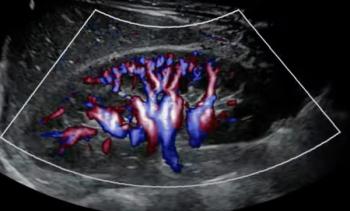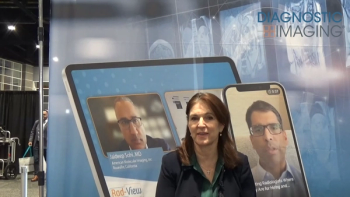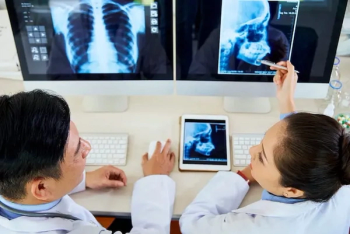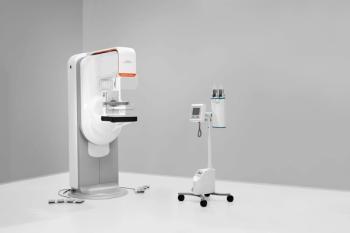
Partnership Track Is Becoming Scarce in Radiology
Employers are no longer offering partnership to radiologists.
As a younger practicing radiologist with 3.5 years post-fellowship experience, I have seen the partnership track position drying up in radiology.
After coming out of fellowship a few years ago, most of the jobs available were for non-partnership track positions. I interviewed mostly at small and moderately sized radiology practices. After interviewing at a dozen or so jobs, I began to realize that the majority of practices were not interested in offering partnership to new hires. Only a few of the jobs I interviewed at were more accommodating to younger radiologists and even went out of their way to make sure I was aware that the group was looking for radiologists who wanted to have ownership in their practice. Although this was only one of the criteria for looking at potential radiology jobs, I felt that places that offered partnership track positions would be a better fit for me given that they were probably better prepared for future growth and sustainability.
According to many of my peers recently coming out of residency and fellowship, partnership track radiologist jobs are far and few between. A quick glance at the ACR Career Center confirms the paucity of partnership track positions. Although this may be good for groups in the short term, this may create a dichotomy of practicing radiologists within groups. As the partners continue to get older and eventually retire, there will be no one to carry the torch of running the practice. The newer radiologists will lack the knowledge of being part-owner in a radiology or medical practice. Non-partnership track positions will also lead to increased turnover of radiologists given that employee position radiologists are not committed to any particular group. [[{"type":"media","view_mode":"media_crop","fid":"30086","attributes":{"alt":"partnership","class":"media-image media-image-right","id":"media_crop_114678828207","media_crop_h":"0","media_crop_image_style":"-1","media_crop_instance":"3142","media_crop_rotate":"0","media_crop_scale_h":"0","media_crop_scale_w":"0","media_crop_w":"0","media_crop_x":"0","media_crop_y":"0","style":"height: 121px; width: 160px; border-width: 0px; border-style: solid; margin: 1px; float: right;","title":" ","typeof":"foaf:Image"}}]]
An
Given the increasing number of senior citizens in America, the demand for radiology services will certainly increase. However, the future demand for radiologists and the ability to obtain partnership track positions is certainly unclear and the rate of senior radiologists retiring will certainly play a role in the balance of supply and demand.
I am skeptical that the trend will change in the near future given the current health care climate.
Newsletter
Stay at the forefront of radiology with the Diagnostic Imaging newsletter, delivering the latest news, clinical insights, and imaging advancements for today’s radiologists.




























